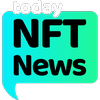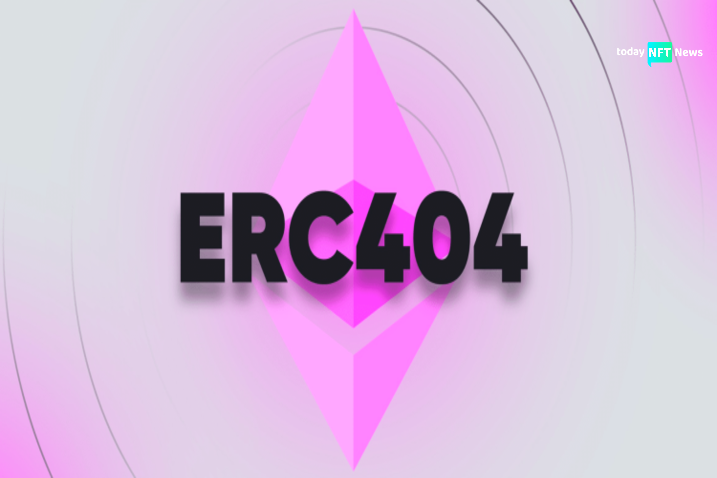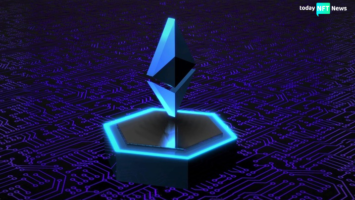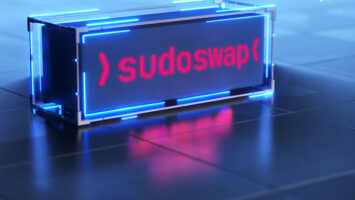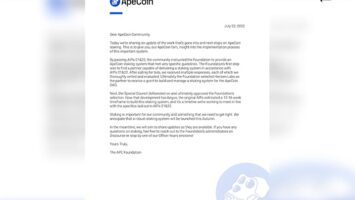SNEAK PEEK
- DN404 introduces a more efficient way to trade NFT fractions, improving on ERC-404’s design.
- It uses a dual-contract system for easier and direct trading on exchanges.
- Caution advised as DN404 awaits formal security auditing.
A novel development in the blockchain space has emerged with the introduction of DN404, a new standard for hybrid tokens that seeks to improve upon the recently launched ERC-404. This new entrant promises a more efficient integration of fungible and non-fungible token (NFT) functionalities. The brainchild of developers led by the pseudonymous “cygaar,” DN404 aims to address the limitations and inefficiencies identified in its predecessor, ERC-404, which blended the traits of ERC-20 and ERC-721 tokens.
The premise of ERC404 was to create a single contract that can act as both a fungible and non-fungible token.
However, this can't be done without introducing exploits and breaking standards.
Our approach instead uses two contracts – a "base" ERC20 with a "mirror" ERC721.
— cygaar (@0xCygaar) February 12, 2024
The innovation behind DN404 lies in its unique structure, which pairs a base ERC-20 token with a mirror ERC-721 token, ensuring seamless compliance with existing protocols right out of the gate. This design choice facilitates the fractional trading of NFTs, allowing users to trade parts of an NFT without needing intermediaries. According to cygaar, the primary motivation was to create a standard that naturally supports fractionalization of NFTs, enabling them to be traded on both specialized NFT marketplaces and decentralized exchanges.
Unlike ERC-404, which requires specific implementation efforts to function correctly, DN404’s dual-contract approach simplifies interactions. When ERC-20 tokens are exchanged, the corresponding mirrored NFTs undergo automatic minting and burning, streamlining the process. This mechanism ensures that a wallet holding a quantity of ERC-20 tokens equivalent to at least one base unit will possess an NFT, which is otherwise burned if the holdings drop below this threshold.
8/ Now, remember how Pandora uses the max token ID to determine what kind of transfer to execute.
Also remember that depositor 2 has 1*10^18 tokens to available to withdraw.
Let's withdraw some of those tokens. Not all, but just a small fraction…like maybe 38,916 of them. pic.twitter.com/iffHJEDyS0
— quit (👀,🦄) (@0xQuit) February 8, 2024
Despite these advancements, cygaar has issued a cautionary note regarding the DN404 code, which has yet to undergo formal auditing. This reminder underscores the experimental nature of the standard and signals potential risks for early adopters.
The introduction of DN404 follows closely on the heels of critiques leveled against ERC-404, including a vulnerability highlighted by a developer known as “quit.” This alleged flaw could potentially enable the unauthorized acquisition of NFTs through incorrectly configured lending protocols. However, representatives from the ERC-404 team, including “ctrl,” have downplayed these concerns, attributing the issue to improper use of the standard.
In conclusion, DN404 represents a noteworthy attempt to refine the concept of hybrid tokens within the Ethereum ecosystem, addressing some of the challenges faced by the earlier ERC-404 standard. As the blockchain community continues to explore the possibilities of combining fungible and non-fungible elements, initiatives like DN404 play a crucial role in advancing the technology’s practical applications and usability.
